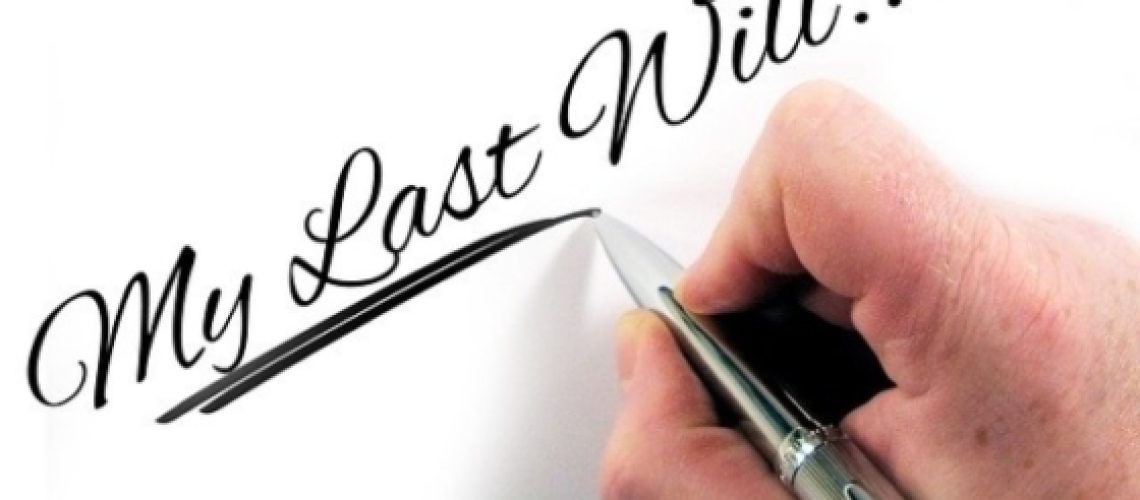“Death is not the end. There remains the litigation over the estate.” (Ambrose Bierce)
Your will (“Last Will and Testament”) will always be the keystone of your estate planning, and a recent High Court decision sounds yet another warning to beware the “do your own will” concept. By not having his will drawn by a professional, a father inadvertently caused one of his children to be disqualified from inheriting her intended share, whilst her husband was disqualified from being appointed as executor.
Who is disqualified from inheriting?
Our law, in the form of the Wills Act, provides that no one (or their spouse) can receive “any benefit” under a will if –
- They signed it as a witness (unless it was also witnessed by two other competent people not receiving any benefit), or
- They signed it for the testator (even though in their presence and at their direction), or
- They wrote out the will or any part of it in their own handwriting.
“Any benefit” in this context means not just inheritance as an heir, but also appointment as executor, trustee or guardian.
A court can only allow such a person to inherit “if the court is satisfied that that person or his spouse did not defraud or unduly influence the testator in the execution of the will”. Importantly (as we shall see below), it is up to the heir to prove the absence of any fraud and undue influence.
As the Court put it: “This disqualification exists in order to prevent falsity and fraud, and to prevent ‘the exertion of undue influence over people in bad health or in feeble state of mind’. This is because the fact that someone who stands to benefit from the death of a testator in terms of a will, and who is involved in the drawing of the very will in which that benefit is declared, ineluctably invites speculation that he or she may have improperly influenced the testator in the framing of his final testament, more particularly so where the will is executed at a moment of crisis in the testator’s life.”
If the beneficiary would have inherited anyway under intestacy (i.e. if the deceased had not left any valid will at all) they may still inherit but no more than the value of their intestate share.
The facts of the family fight
- In poor health and realising he needed a will, the testator had asked a friend to help him draw one. The friend produced a typed will, in terms of which each of the testator’s three children (from two different marriages) received one third of his estate. In addition a son-in-law was appointed as executor.
- The will was, said the Court, “slightly unusual” in that it included a narrative on the father’s difficulties with his third wife, but the real problem (as it turned out) came from the fact that annexed to it was a four-page typed schedule of 69 assets with spaces against each of them for insertion of the name of the child to receive that asset. Critically, those names were filled in by hand by one of the daughters – on, she said, her father’s instructions.
- The will and schedule were properly signed and witnessed, and the father died five days later.
- As is regrettably all too common when a deceased leaves behind children from more than one marriage, a fight developed between them, with a claim that the schedule of assets did not reflect the father’s wishes through either fraud or undue influence.
- The end result (much bitter dispute over facts later) the Court held that the daughter who had completed the names on the schedule by hand was disqualified from inheriting any more than her share on intestacy, and her husband was disqualified from being appointed as executor.
The bottom line
All that dispute, uncertainty and legal cost could have been avoided had the father called in a competent professional to draw his will for him (preferably long before his illness struck). Don’t make the same mistake!
For professional legal advice contact Bardine Hall at Goldberg & de Villiers Inc. on 041 5019800.
Credit: LawDotNews

